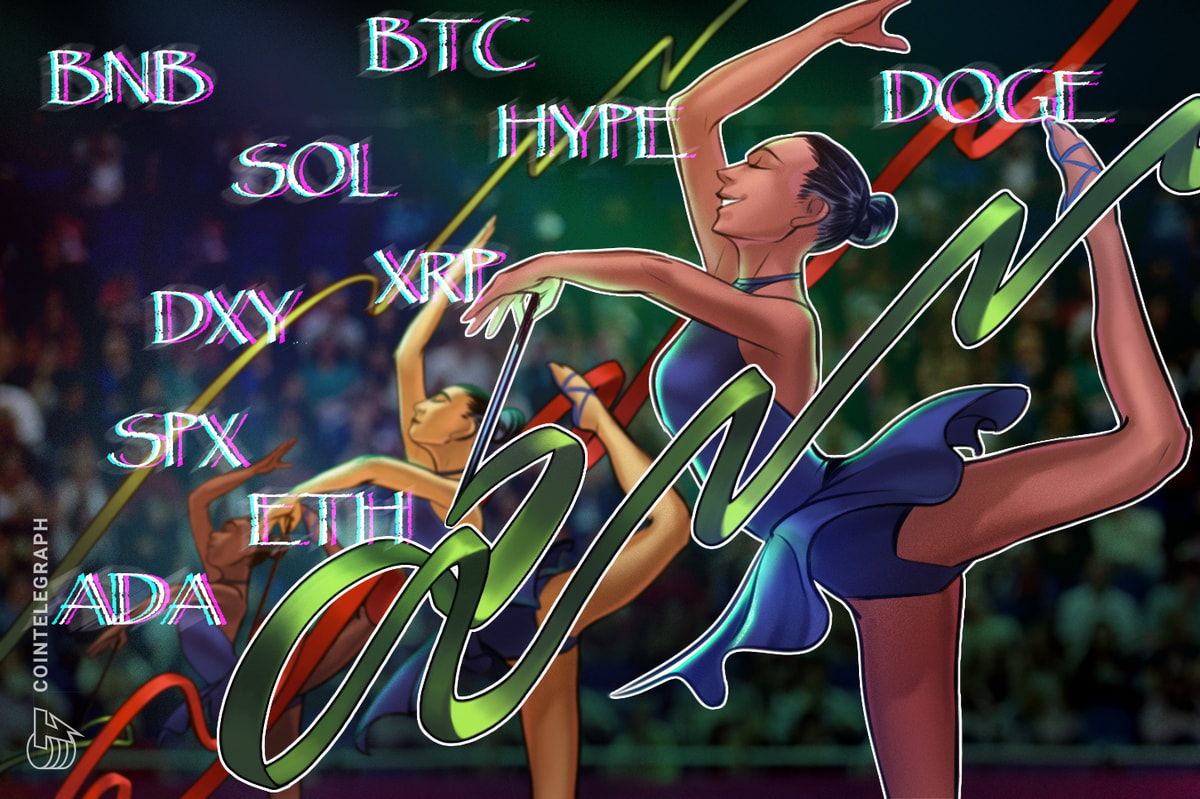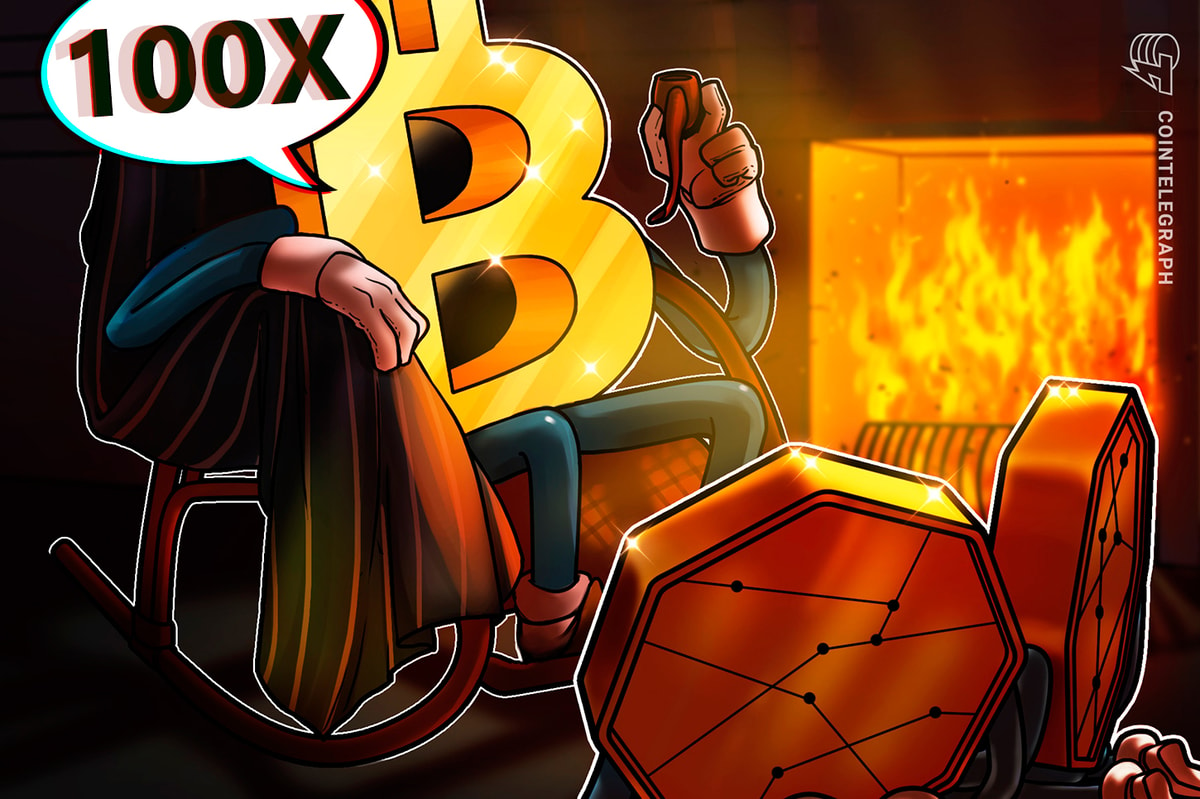The sudden rise and fall of Dough Finance
In July 2024, Dough Finance, a Florida-based DeFi platform promising leveraged “looping” returns, fell prey to a flash-loan exploit that drained $2.5 million from user accounts. The exploit not only wiped out investor funds but also brought operations to a halt.
Chase Herro and Zak Folkman founded Dough Finance in 2024 in Florida. The platform attracted investors by offering high-risk DeFi strategies such as looping, a process where traders reuse borrowed crypto. Here’s how looping works:
- First, a trader deposits a crypto asset into a lending protocol. This deposit acts as collateral. Then the trader borrows another crypto asset, often a stablecoin, based on the collateral value.
- Next, the trader takes the borrowed crypto and buys more of the original asset. The cycle repeats with more depositing and borrowing; this is the looping process.
The goal is to gain more exposure to the original asset. If the price increases, the trader makes more profit than they would with their initial deposit.
However, it all came apart with a flash loan attack in July 2024. Hackers targeting the DeFi protocol manipulated the smart contract and got away with about $2.5 million worth of cryptocurrencies.

The $2.5-million loss was the nail in Dough’s coffin. Investor Jonathan Lopez, who deposited $1 million based on encouragement from co‑founder Chase Herro, saw his savings evaporate. He was reportedly advised step-by-step through the looping strategy just before the hack struck.
Despite promises to compensate users via proprietary tokens convertible back to Ether (ETH), only $281,000 was ever recovered. Communications had gone silent by August 2024, and by May 2025, Lopez had filed a fraud lawsuit against Herro. His court date is set for Florida in April 2026.

This case spotlights a growing trend: Users are increasingly seeking legal recourse for failed crypto platforms once unofficial assurances fall apart.
Relaunch under a new banner: The birth of World Liberty Financial
Barely two months post‑collapse, Herro and partner Zak Folkman relaunched under a new banner, World Liberty Financial (WLFI), debuting in September 2024.

Their new DeFi platform quickly drew headlines thanks to high-profile backers: US President Donald Trump and his sons. The partnership reportedly took shape through Steve Witkoff, a real estate developer and US special envoy to the Middle East, who facilitated the connection between the embattled founders and the Trump camp.
Flush with fresh capital, the project embarked on a buying spree, amassing a portfolio of ETH, Wrapped Bitcoin (WBTC), USDC (USDC) and Tether’s USDt (USDT). At its core is a non-transferable governance token called WLFI, an unusual design choice for a platform branded as “decentralized.”
But it wasn’t the tokens that stirred controversy. It was the money flow.
Following two token sales, including a blockbuster round in March 2025, the platform claimed to have raised $550 million. Yet the revenue split was anything but decentralized: 75% of all net protocol revenue was routed to DT Marks DEFI, a Trump-linked entity. The remaining 25% went to a company owned by Herro and Folkman.
In real terms, the Trump family reportedly pocketed $400 million, while the once-disgraced Dough Finance founders walked away with at least $65 million, a dramatic reversal of fortune for a pair who had lost $2.5 million just a year earlier.
Critics were quick to call out the irony: a platform that markets itself as decentralized but operates under an intensely centralized structure. Herro and Folkman’s quiet reappearance, especially as fraud allegations from their previous venture remain unresolved, only added fuel to the backlash.
World Liberty, however, is just one piece of a broader Trump-family crypto ecosystem that’s growing with surprising speed.
Trump launched a memecoin called Official Trump (TRUMP) on Solana earlier this year, followed shortly by Official Melania Meme (MELANIA), a similar token released by the First Lady. Meanwhile, Eric Trump co-founded a cryptocurrency mining company called American Bitcoin, with Donald Trump Jr. listed as a stakeholder. Most recently, Trump Media and Technology Group filed a proposal with the US SEC on June 5, 2025, to launch a Bitcoin (BTC) exchange-traded fund (ETF), the Truth Social Bitcoin ETF.
Together, these ventures form an increasingly blurred line between politics, personal enrichment and crypto, a line that Herro and Folkman have now positioned themselves squarely within.
What Dough Finance promised after the hack and what didn’t happen
Although Dough Finance went dark after its July 2024 collapse, the project hasn’t faded from regulators’ radar. In fact, it’s only now entering the legal and investigative spotlight.
Dough Finance released a post-incident recovery plan pledging to “make users whole.” The proposal outlined a three-part strategy:
- Redistribute recovered funds via a governance vote on a pro rata basis.
- Issue Dough tokens to compensate for unrecovered losses, with the promise they could be used within the platform’s ecosystem.
- Burn-and-redeem mechanism allowing users to exchange those tokens for additional recovered funds in the future.
The platform also credited Seal 911, a cybersecurity firm, for incident response support and emphasized transparency moving forward.
However, affected users say none of these promises materialized. The governance vote was never held, Dough tokens were never listed or usable, and no additional funds were recovered beyond an initial partial reimbursement of around $281,000. By June 2025, the platform had gone silent, leaving investors like Lopez to pursue legal action.
Reportedly, Lopez’s May 2025 lawsuit accuses co-founder Herro of misrepresentation, securities fraud and breach of fiduciary duty. The case, set for trial in April 2026, could help define how courts handle DeFi founders who directly guide investors through high-risk strategies like looping.
Under Florida’s CS/HB 273, any platform transmitting user funds must hold a money transmitter license. If Dough Finance operated without one, it may face regulatory scrutiny as an unlicensed money services business. As of mid-2025, no criminal charges have been filed, but Florida’s Office of Financial Regulation (OFR) continues to monitor digital asset fraud and unregistered securities cases, suggesting this may only be the beginning.
This pattern of vanishing communications, vaporware tokens and silent pivots has drawn comparisons to previous DeFi collapses like SafeMoon and BitConnect. But unlike many defunct founders, Herro and Folkman didn’t disappear — they reemerged under a new name and cashed in big.
Is World Liberty Financial really safe?
After raising $550 million and tying itself to the Trump name, WLFI might look like a powerful DeFi success story. But for anyone following Chase Herro and Zak Folkman’s journey from Dough Finance to WLFI, one question lingers: Is it safe?
The warning signs are familiar.
At Dough Finance, users were promised cutting-edge DeFi strategies and post-hack reimbursements. What they got instead was silence, missing funds and vaporware tokens. Today, with fraud allegations still active, the same founders now control a new platform with even more capital, more complexity and more political weight.
WLFI uses a non-transferable governance token (WLFI), offers little user control over treasury allocation and funnels 75% of protocol revenue to a Trump-linked LLC. That’s a far cry from the community-first, decentralized ideals DeFi users are told to expect.
So, what can investors learn?
- Trust the track record, not the headlines.
- Just because a project is politically connected or cash-rich doesn’t mean it’s transparent, secure or equitable.
The rise of WLFI, built in the shadow of Dough Finance’s collapse, is a powerful reminder: In DeFi, “back again” doesn’t always mean “better.”
If you’re asking whether WLFI is safe, consider this: Would you trust your assets with a platform whose founders still haven’t answered for the last one?
If your answer is no, you’re not paranoid. You’re paying attention.
In DeFi, recycled founders don’t come with recycled accountability. If the past is any guide, this project warrants close scrutiny, not blind trust.








